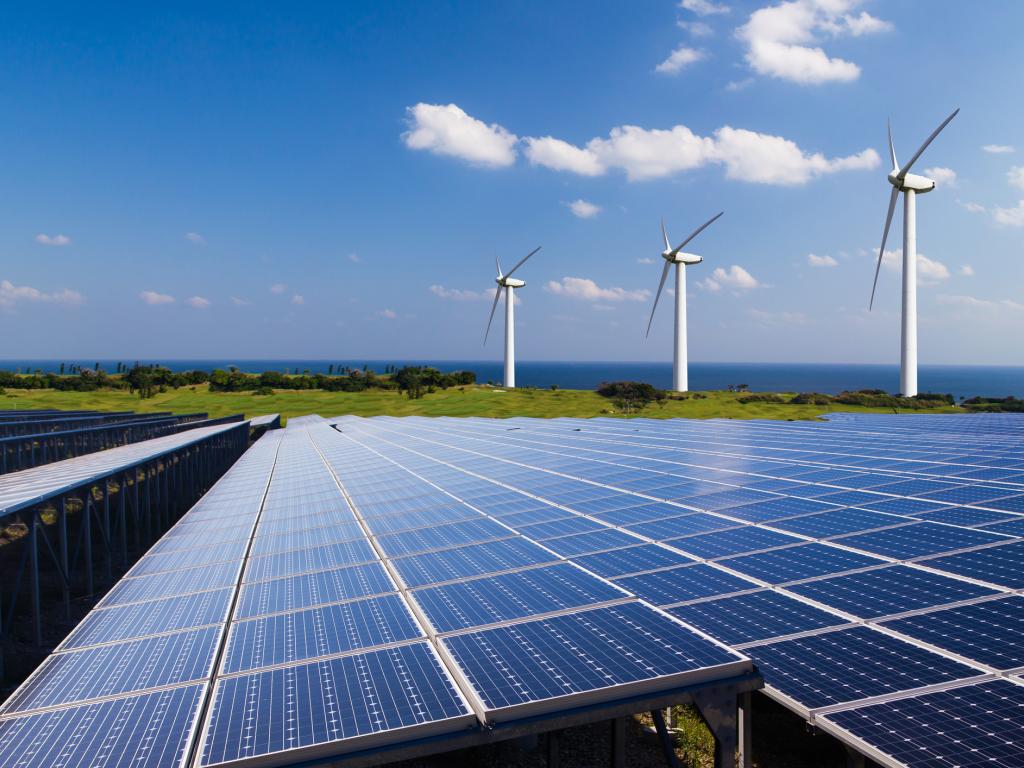Renewables & Rethinking Energy in South Africa: A Three-Part Series - Part 1: Green Future as an Aid to South Africa’s A Dark Reality

Written by Lindsay Moses.
Part 1: Green Future as an Aid to South Africa’s A Dark Reality
Introduction
Since the COVID-19 national lockdowns have ended and restrictions have all but completely eased, businesses have begun picking up where they left off, people are back in offices, and the world is essentially in full swing again. South Africa, however, has been having a rocky resurrection. The energy supply has been inconsistent at best and scant at worst. Unfortunately, the country has become globally recognised for its power supply instability while locals have become accustomed to functioning semi-permanently with intermittent blackouts since 2007. South Africa is currently in an unprecedented energy crisis. In 2022 alone, the country experienced approximately 120 combined days (about 4 months) of load shedding, doubling the hours of blackout South Africans experienced in 2021. The government’s ruling party, the African National Congress was even considering calling for the declaration of a national state of disaster based on this energy crisis in early January. This was swifty affirmed by President Ramaphosa who declaring South Africa in a State of Disaster due to its energy crisis in his State of the Nation Address (SONA) earlier this month. More notably, in his SONA address President Ramaphosa has appointed a minister of electricity in his presidency dedicated solely to addressing South Africa’s energy crisis.
The primary energy generator, transmitter, and distributor in the country (Eskom Holdings SOC Ltd, overseen by the Department of Public Enterprises) is facing serious public disdain. Inconsistent energy supplies have also been coupled with a recent approval by the state National Energy Regulator (NER) of Eskom’s proposed tariff hike of 9.61% from April 2023 onwards, which may only deepen public discontent in Eskom. The Democratic Alliance (DA) political party has even launched a case against the NER to interdict this tariff hike concession.
Eskom seems to be in denial regarding its capabilities despite well-documented ongoing maintenance and capacity issues, for example, the Medupi coal plant explosion in Limpopo in 2020. Medupi and Kusile power plants were launched in 2007 and declared to have 50 years of commercial operability. So far, the powerplants have been revealed as flawed units doomed to fail because of inherent technical defects (particularly mill and boiler issues leaving the units unable to operate at full load). Predictions have come true as Medupi and Kusile have not generated electricity as they should have, literally leaving South Africans in the dark, and plunging Eskom itself further into its financial crisis. These units are only expected to be back online in 2024 despite Eskom noting that design modification and performance testing on power units should have been completed in 2022. The price to repair the remaining power station units is a whopping R33bn according to President Ramaphosa. Many believe that corrupt dealings have taken place in the powerplant repairs process, further hindering progress to efficient energy production.
Lightening the Load
Renewable and low-emission energy sources including wind, solar, nuclear, and liquid natural gas can meet short and long-term national needs, complement coal power and prevent unplanned outages, and do so sustainably. Experts along with government agree that the solution to the country’s power crisis lies in the ability to unbundle Eskom by function, into separate entities respectively responsible for energy generation, transmission and distribution. Unbundling will ultimately allow for more private players in renewable energy to enter the market and get on the grid. Independent power producers that can supplement Eskom will not only alleviate national pressure on Eskom, but steadily move the country towards its internal sustainability (net zero carbon emissions) goals.
The market remains dominated by fossil fuel production (particularly coal) supplied by the equally dominant Eskom which currently serves as the primary national electricity generator, transmitter, distributor, and supplier. For a country like South Africa it is time to consider alternative energy sources and providers, as well as rethink the government’s obsession with prioritising public funds for ageing and insufficient infrastructure which primarily sustains coal-sourced electricity generation in the country.
Since 2019, lockdowns across the world have also accelerated the global pressure for movements towards renewable energy supplies. Fortunately, South Africa has followed suit as evidenced by operative government initiatives such as the REIPPP to address insufficient energy production in a more sustainable manner. Other glimmers of hope are evidenced in the government’s express recognition of renewable energy rollouts on a large scale being the best chance the country has at ending load shedding once and for all.[1]
Conclusion
Given the trajectory of consumption patterns expected in South Africa, the need for consistent and affordable energy is of immediate and long-term concern for all South Africans. All the activities that can boost an economy requires access to a steady source of energy. South Africa has already taken steps in the right direction and begun creating a renewable energy framework which could address this energy crisis.
The creation of a dedicated minister of electricity tasked to work with ESKOM ‘as a project manager’ could also be exactly what South Africa needs. Unfortunately ESKOM and government have been opaque as regards who will be appointed and more importantly what the limitations of the newly appointed minister would be. This could be unnecessary and unproductive given the existence of respectively the Departments of Mineral Resources and Energy and the Department of Public Enterprises. More seriously, experts warn, an inefficient political appointment. Unfortunately, only time can tell if government’s efforts will hold up. Until then, South Africans are once again, left in the dark.
See Part 2 of this series to get a deeper look into the energy frameworks and policies to this effect.
[1] Government of South Africa, ‘Intervention 3: Accelerate procurement of new capacity from renewables, gas and battery storage’ in “Confronting Energy Crisis: An Action Plan to End Loadshedding” ”, p. 10, Available at: confronting-energy-crisisan-action-plan-end-load-shedding.pdf (www.gov.za).
